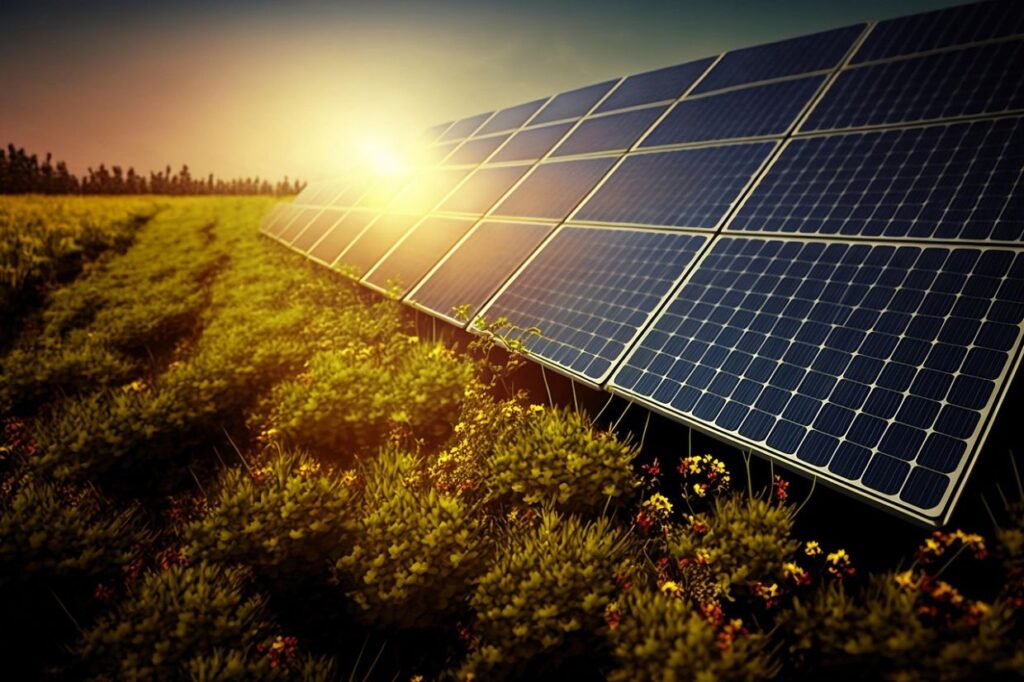President Donald Trump’s cascade of tariffs on Southeast Asia threatens an already battered solar panel industry and its exports to the world’s largest economy, while also driving up the cost of renewable projects in the US.
The blitz of levies included tariffs of 46% on Vietnamese exports and 49% on Cambodia’s shipments – among the highest “reciprocal” rates aimed at reducing what Washington sees as its worst trade gaps. Both countries, major producers of solar cells and modules, were already reeling from restrictions imposed by the previous administration after US manufacturers complained about excessively cheap imports.
In the first half of last year, more than 80% of US solar equipment was imported from Vietnam, Thailand, Cambodia and Malaysia, according to BloombergNEF. That tumbled after June 2024 when President Joe Biden allowed a two-year waiver on duties for some solar components to expire.
The new tariffs “might induce producers to leave Southeast Asia altogether and move to other regions where production costs and tariffs are relatively lower, such as the Middle East,” said BNEF Southeast Asia analyst Felix Kosasih.
China’s cut-price solar cells and panels have been vital to the expansion of clean energy globally, but have also elicited allegations of unfair trade practices – and US curbs that prompted manufacturers to respond by moving out. They instead set up operations in nearby Asian nations that were not impacted by the tariffs, essentially circumventing US restrictions.
Washington has since sought to close the loophole.
The Biden administration’s tariffs drew criticism from both foreign manufacturers and domestic renewable power developers, as the measures threaten to raise the cost of solar projects.
The only upside for Southeast Asian nations is that they still enjoy an advantage relative to China, which faces even heftier tariffs when exporting to the US, Capital Economics pointed out in a note. “Accordingly, there should still be some scope for production moving away from China into other countries in the region.”
Chinese producers had already moved some manufacturing capacity to Indonesia and Laos, which were not hit by Biden-era duties. – Bloomberg


